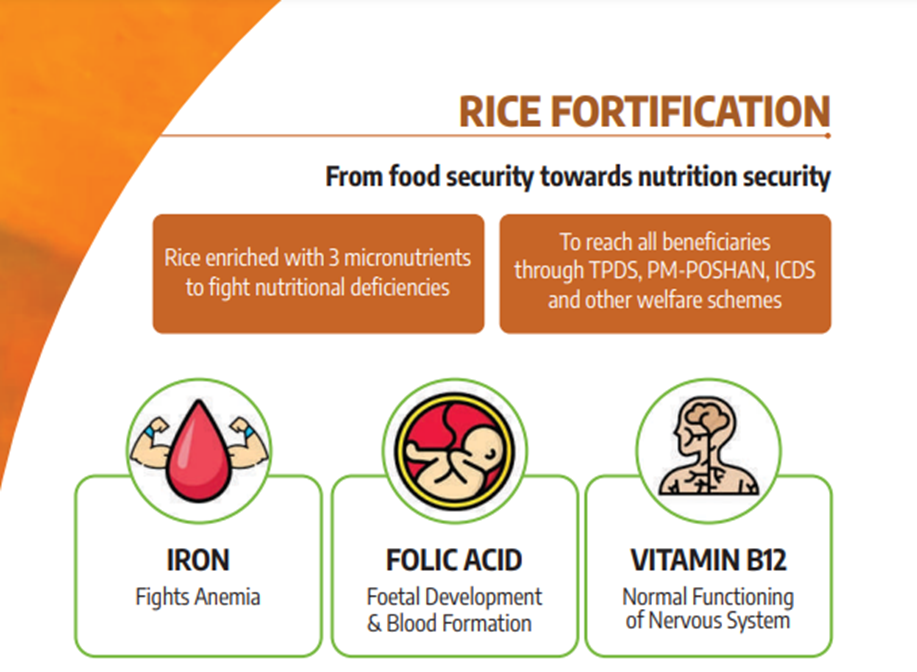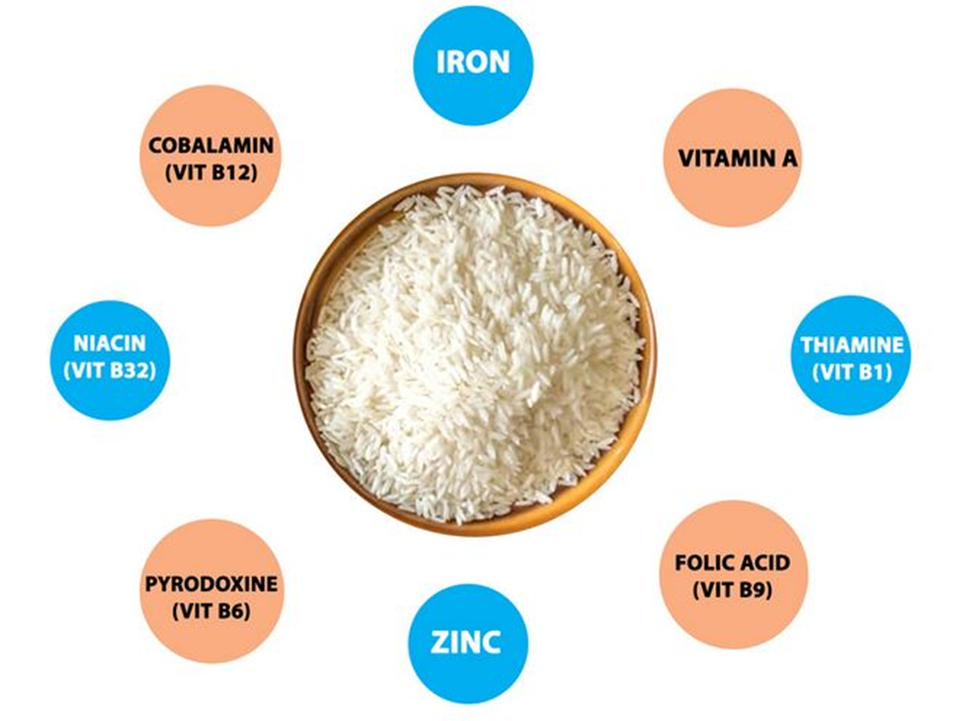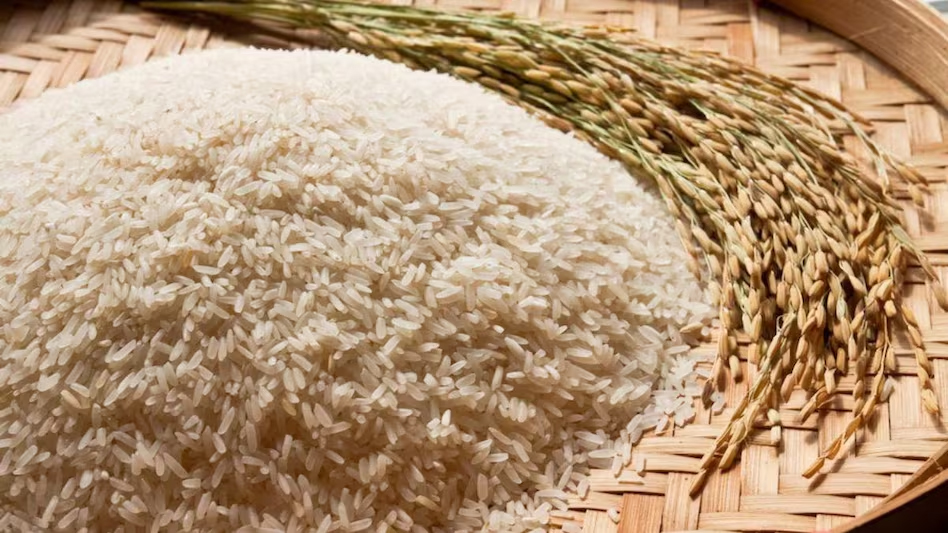Context:
On October 9, 2024, the Union Cabinet of India made a significant decision to extend the universal supply of fortified rice in all central government schemes that provide free food grains under the National Food Security Act, 2021.
India faces a significant challenge in addressing malnutrition, particularly among vulnerable populations such as women and children.
-
- In a proactive move to combat malnutrition, the Union Cabinet has extended the provision of fortified rice in all central government schemes under the National Food Security Act until December 2028. The government's initiative to fortify rice, a staple food consumed by about two-thirds of the population, aims to combat nutritional deficiencies and improve public health.
- Announced by Union Information and Broadcasting Minister Ashwini Vaishnaw, this initiative aims to address pressing health concerns such as anaemia and micronutrient deficiencies affecting millions of Indians. The Cabinet's decision follows the successful completion of a phased implementation plan for rice fortification, which was initiated in April 2022, marking a crucial step toward improving the nutritional status of the population.
- In a proactive move to combat malnutrition, the Union Cabinet has extended the provision of fortified rice in all central government schemes under the National Food Security Act until December 2028. The government's initiative to fortify rice, a staple food consumed by about two-thirds of the population, aims to combat nutritional deficiencies and improve public health.
What is Rice Fortification?
- Rice fortification refers to the deliberate increase of essential micronutrients in rice to enhance its nutritional quality and provide public health benefits.
· The Food Safety and Standards Authority of India (FSSAI) define it as ‘a method of improving the food’s nutritional profile’ while posing minimal health risks.
· With malnutrition rates are alarmingly high in India—where every second woman is anaemic and every third child is stunted—fortification is viewed as a viable strategy to supplement diets lacking in essential nutrients.
· The Need for Rice Fortification: According to the National Family Health Survey (NFHS-5) conducted between 2019 and 2021, anaemia is widespread across various age groups and income levels, impacting overall health and productivity.
o Deficiencies in iron, Vitamin B12, and folic acid are particularly prevalent, further exacerbating the nation’s health issues.
o Given that the average per capita rice consumption in India is 6.8 kg per month, fortifying rice provides an accessible means to enhance nutritional intake, particularly for economically disadvantaged groups..

Nutritional Standards for Fortified Rice:
Fortified rice must contain specific micronutrient levels, as outlined by FSSAI guidelines. One kilogram of fortified rice should include:
-
- Iron: 28 mg - 42.5 mg
- Folic Acid: 75 - 125 micrograms
- Vitamin B12: 0.75 - 1.25 micrograms
- Iron: 28 mg - 42.5 mg
Additional fortifications may include zinc, Vitamin A, and various other vitamins, ensuring a comprehensive nutritional profile.
The Fortification Process:
Fortification technologies include coating, dusting, and extrusion.
The extrusion is the most effective method for producing fortified rice kernels (FRKs) and is considered the best technology for India.
How Extrusion Technology Works
1. Mixing Ingredients: Dry rice flour is combined with a premix of micronutrients and water.
2. Extrusion: The mixture is processed through a twin-screw extruder, which applies heat to form kernels that resemble traditional rice.
3. Drying and Packaging: The kernels are dried, cooled, and packaged for distribution. Fortified rice kernels have a shelf life of at least 12 months.
4. Blending: According to the Ministry of Consumer Affairs, Food and Public Distribution guidelines, 10 grams of FRK must be blended with one kilogram of regular rice.

Benefits of Fortified Rice:
1. Reduction in Malnutrition: Fortified rice aims to reduce malnutrition rates significantly, especially among women and children, who are disproportionately affected by deficiencies.
2. Ease of Use: As a widely consumed staple, substituting standard rice with fortified rice is a straightforward way to enhance diets.
3. Consistency: Fortified rice retains the same look, taste, and cooking properties as non-fortified rice, making it an attractive option for consumers unfamiliar with nutritional education.
4. Cost-Effectiveness: The costs associated with rice fortification are relatively low compared to the extensive health benefits it provides, making it an economically viable solution.
Implementation of the Fortification Initiative:
The rice fortification initiative has been rolled out in phases since its inception.
Phase-wise Implementation
1. Phase 1 (Completed by March 2022): Targeted the Integrated Child Development Services and PM POSHAN programs.
2. Phase 2 (Completed by March 2023): Extended fortified rice supply to the Public Distribution System (PDS) and other welfare schemes in 112 Aspirational Districts across 27 states.
3. Phase 3 (Completed by March 2024): Achieved universal coverage of fortified rice across all districts in India.
Investment and Capacity: The cost of implementing rice fortification is approximately ₹2,700 crore annually, accounting for less than 2% of India’s total food subsidy bill.
· Currently, around 925 manufacturers are engaged in producing fortified rice, with a collective capacity of 111 lakh metric tonnes (LMT) per annum.
· Furthermore, nearly 2,700 rice mills have installed blending units, with a total blending capacity of 13.67 lakh tonnes.
Production and Distribution: The government has facilitated the production of FRK, which has increased significantly from 7,250 tonnes to 60,000 tonnes within two years.
· Fortified rice is distributed through the PDS and various government schemes, benefitting millions across the nation. The government has invested approximately ₹11,000 crore in developing the fortified rice supply chain in India.
About National Food Security Act (NFSA):
- The National Food Security Act (NFSA), enacted on July 5, 2013, shifts India’s food security approach to a rights-based framework. It entitles 75% of the rural and 50% of the urban population to subsidized food grains, covering two-thirds of the total population.
- The Act enhances the Targeted Public Distribution System, focuses on nutritional quality, empowers women, and establishes a grievance redressal mechanism, ensuring accountability.
- Overall, the NFSA aims to address hunger and malnutrition while promoting food as a fundamental human right.
Conclusion:
The rice fortification initiative represents a pivotal step in addressing malnutrition in India. As the country strives to enhance the nutritional quality of its staple foods, fortifying rice with essential micronutrients offers a sustainable solution to combat the health challenges faced by millions. Continued investment, community involvement, and a commitment to raising awareness about nutritional issues will be vital in ensuring the success of this initiative and fostering a healthier population.
|
Probable questions for UPSC Mains exam: · Discuss the significance of food fortification in combating malnutrition in India. How does the rice fortification initiative align with the country’s public health goals? · Discuss the potential health benefits and challenges of rice fortification. In what ways can community involvement and awareness programs enhance the success of this initiative? |
Source: Indian Express








